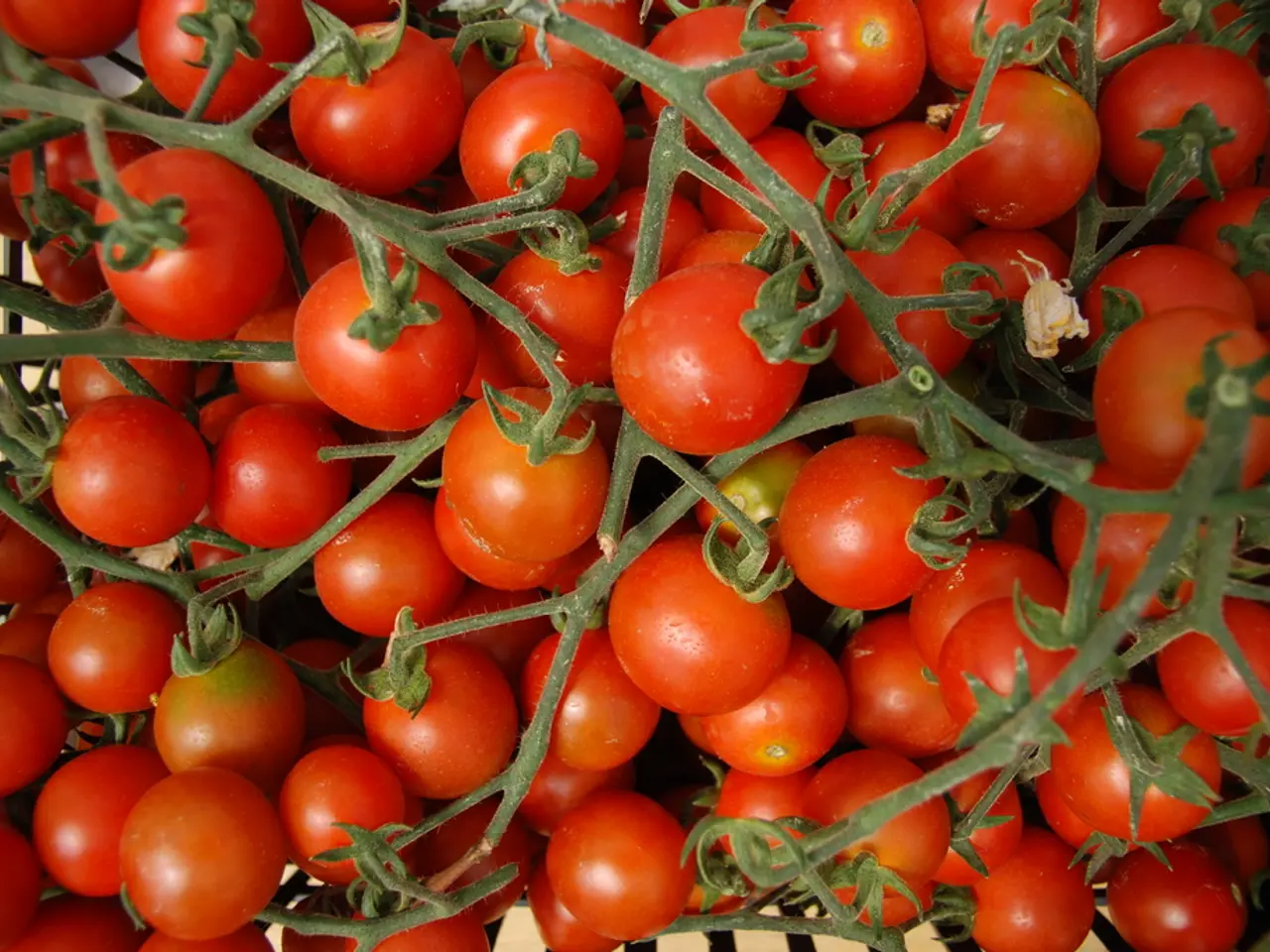Exploring the concept of bookmatching: Can this prized technique take your kitchen design to new heights?
Transforming Kitchen Designs with Bookmatching
Bookmatching, a technique in kitchen design, brings a touch of luxury and elegance by arranging natural materials to create a symmetrical and visually striking effect. This technique is most commonly used with wood veneer or stone slabs, particularly marble and quartz.
The application of bookmatching can significantly elevate the design of various kitchen elements.
Cabinet Doors
Using bookmatched wood veneer panels on tall cabinet doors or appliance panels can create a luxurious and artistic centerpiece in the kitchen. The mirrored grain pattern serves as a focal point, adding sophistication to the overall design.
Kitchen Islands
Bookmatched stone slabs on island countertops or sides highlight natural veining in a balanced, symmetrical way, making the island the main attraction. This technique is particularly effective when used with premium materials like marble or quartz.
Backsplashes
Applying bookmatched stone or wood panels as backsplashes can unify the design with dynamic pattern repetition while preserving material continuity. This creates a visually appealing and cohesive look for the kitchen.
Fireplace Surrounds and Open Shelving Accents
When integrated with kitchen-adjacent spaces, bookmatching draws the eye and enhances cohesive luxury finishes. Stone, in particular, can create an elevated and artistic look when used as a fireplace surround or open shelving accent.
It's important to note that bookmatching is not the same as vein-matching. While bookmatching mirrors grain or veins on adjacent panels, vein-matching marries up sections of a veined material so that the vein runs along a continuous length, creating a seamless stretch.
Bookmatching is best applied to large, visible surfaces where attention is focused, such as feature cabinet facades, kitchen islands, and backsplashes. This technique allows the natural grain or veining to serve as a central artistic element, adding elegance and sophistication to the kitchen design.
In contrast, slip-matching (where grain flows consistently but without mirroring) is another complementary technique better for creating seamless continuity across multiple panels but without the dramatic focal effect of bookmatching.
In summary, using bookmatching selectively in these prominent kitchen elements maximizes its impact and enhances design sophistication. The result is a kitchen that is not only functional but also a work of art.
Key points: Bookmatching mirrors grain/veins on adjacent panels, creating a striking focal point usually with wood veneer or stone. It is best applied to large, visible surfaces such as feature cabinet facades, kitchen islands, and backsplashes to showcase natural patterns artistically. The mirrored effect created by bookmatching can serve as a dramatic focal point, especially on large surfaces. Bookmatching creates a surface that is long lasting and easy to clean, making it a low maintenance yet high quality decorative touch.
- To accentuate a kitchen's design, consider incorporating bookmatched wood veneer panels on tall cabinet doors or appliance panels, as they create a luxurious and artistic focal point with a mirrored grain pattern.
- Incorporating bookmatched stone slabs on kitchen islands or countertops brings attention to the natural veining in a balanced, symmetrical way, making the island the undeniable centerpiece of the room.
- Applying bookmatched stone or wood panels as backsplashes unifies the design with dynamic pattern repetition, providing a visually appealing and cohesive look throughout the kitchen.
- When integrated with kitchen-adjacent spaces such as fireplace surrounds or open shelving accents, bookmatching draws the eye and enhances cohesive luxury finishes, creating an elevated and artistic look.
- Slip- matching, another technique that creates seamless continuity across multiple panels, is a suitable complement to bookmatching but may not have the same dramatic focal effect.
- With its long-lasting, easy-to-clean surface, bookmatching offers a low-maintenance yet high-quality decorative touch, elevating the lifestyle, home-and-garden aesthetic of any home.
- By strategically applying bookmatching to feature cabinet facades, kitchen islands, and backsplashes, the natural grain or veining can serve as a central artistic element, adding elegance and sophistication to the overall design of the home.




